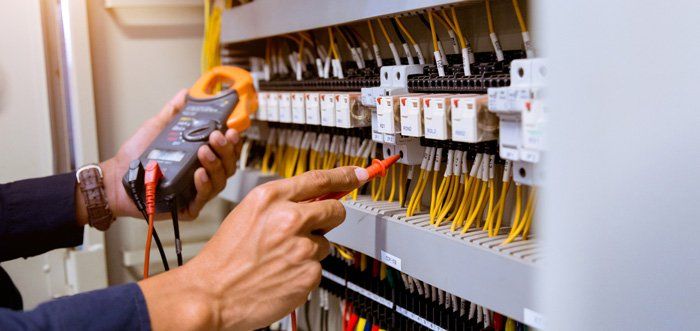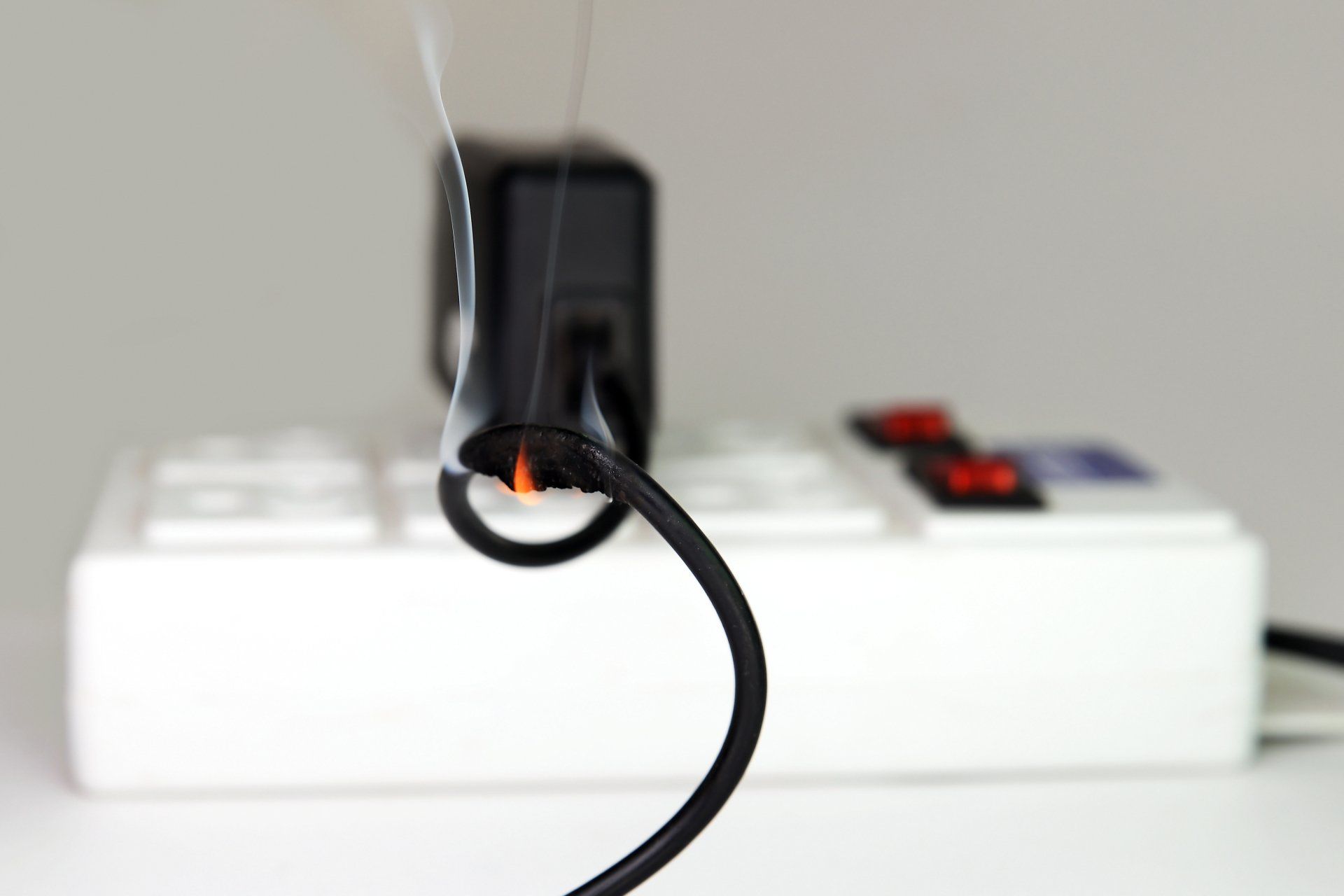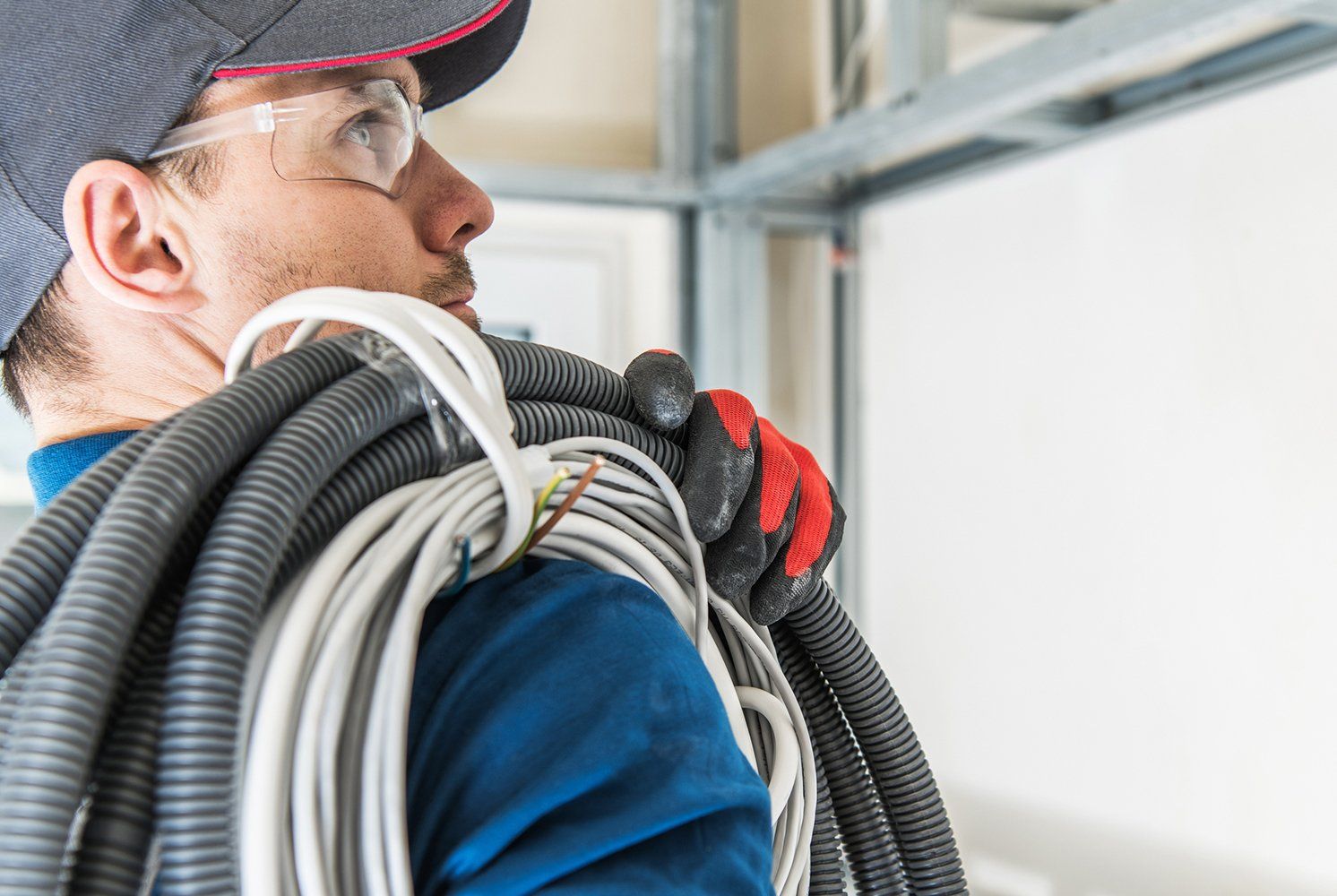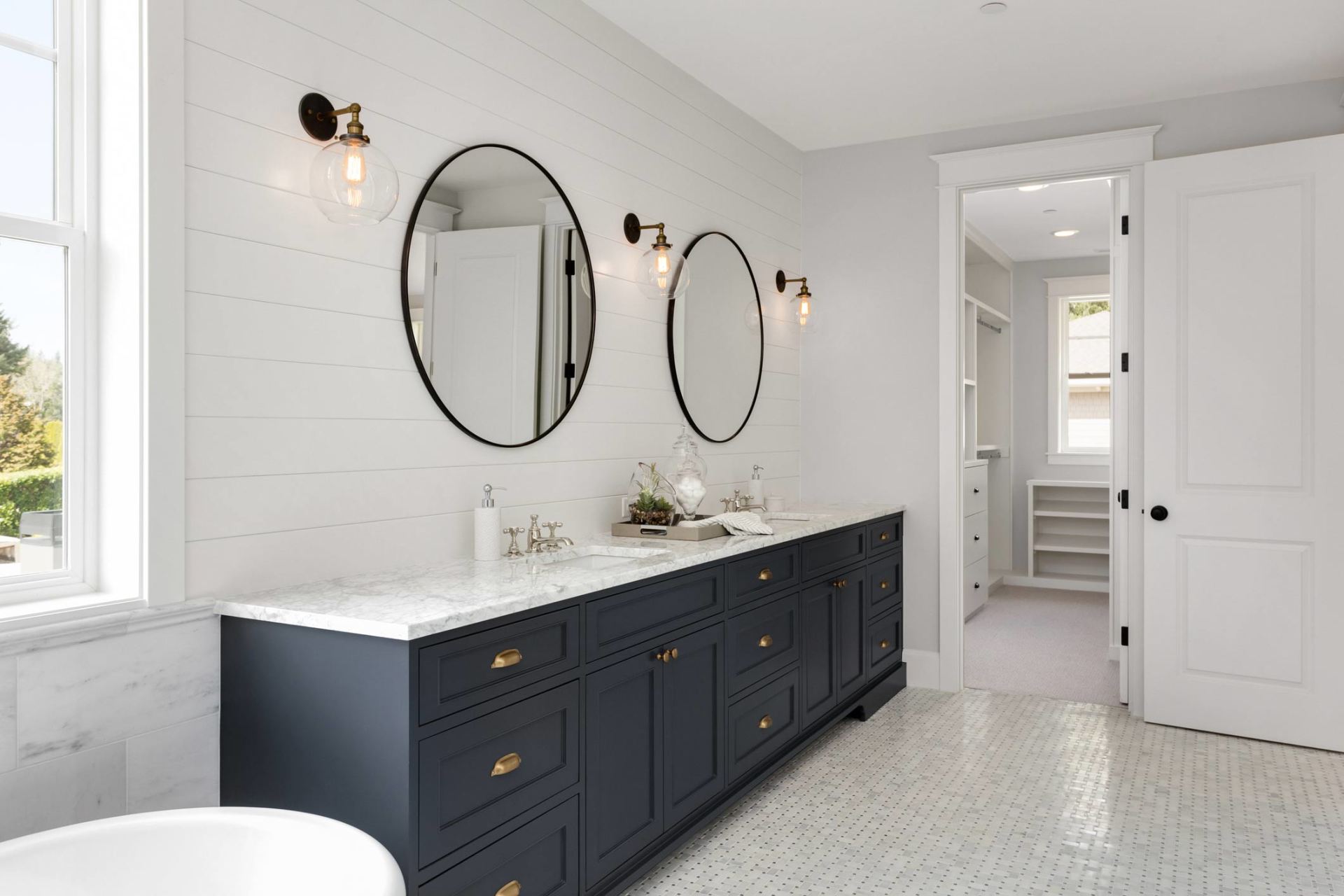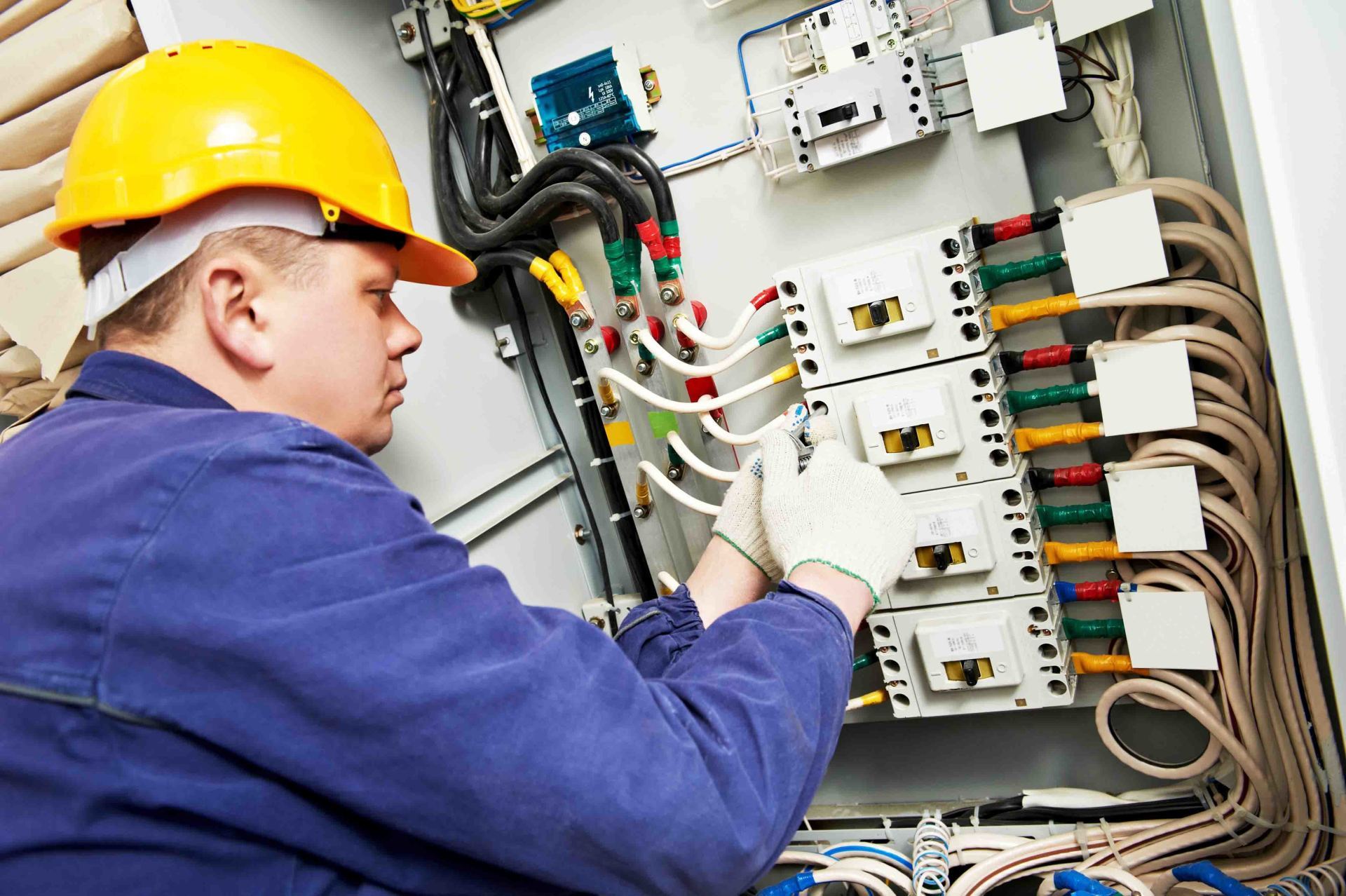3 Signs You Have an Outdated Electrical System
Admin • November 5, 2020
While some homeowners may enjoy the benefits of a brand-new, custom-built home with state-of-the-art amenities, many others purchase homes that have seen many years (or even many decades) of use. These homes may seem perfectly functional in most respects while still harboring age-related problems, including electrical issues.
If you live in a relatively old home, you need to understand and think about the potential issues posed by aging or obsolete electrical components. Pay special attention to the following three issues, any of which may call for immediate service by a skilled electrician.
1. Ancient Insulation
Electrical wiring can only prove as safe as the insulation that surrounds it. The rubber or plastic material that covers modern wires confine the electrical current to the wiring material, helping to prevent electrocution and fires.
However, home electrical insulation has not always provided the protection enjoyed by modern-day wiring. In the early years of the twentieth century, many wiring systems used cloth for insulating material. These wires commonly ran through porcelain tubes mounted along wooden house frames, a system known as knob and tube wiring.
Before you buy a home built in the 1940s or earlier, have it checked for this ancient form of wiring and insulation. Your electrician can inspect old, cloth-insulated wires with safer alternatives. Since knob and tube wiring lacks grounding, your electrician may want to add this important safeguard as well.
2. Aluminum Wiring
Your home's electrical wiring need not date back to the Golden Age of Radio to create age-related concerns. Many homes built as late as the 1970s used aluminum
rather than copper as the wiring material of choice. Builders initially favored aluminum for its relatively low cost compared to copper.
Unfortunately, aluminum wiring presents some serious problems. For one thing, it has three times the thermal expansion of copper, heating and expanding to a dramatic degree every time electricity courses through it. The frequent changes in size can cause the wiring to become exposed and loosened at connection points.
Aluminum offers less resilience and reliability than modern copper for other reasons at well. Not only does it bend more easily, but it also tends to suffer damage more easily when bent. Its vulnerability to damage makes it 55 times more likely to pose an imminent fire hazard than copper wiring.
3. Constant Power Failures
Any home can experience the occasional blown fuse or broken circuit due to a lightning strike, the use of an appliance that draws too much power from its source, or some other particularly heavy electrical load. However, if you find yourself plagued with constant electrical failures, you may need to beef up your antiquated electrical system.
The knob and tube wiring mentioned above dates from an era in which homes ran relatively few, low-power appliances. The introduction of modern dishwashers, coffeemakers, laundry appliances, and other power-hungry devices would quickly prove beyond the ability of such a system to provide the necessary energy.
Older homes typically offer less amperage than necessary to run multiple modern appliances. Many homes constructed in the first half of the twentieth century can't produce as many amps as modern homes and can't manage as high of volt outlets.
If your electrical system needs more power than it can currently produce or handle, ask your electrician to inspect your current system and make a load calculation to determine how much additional power you need. The installation of new volt outlets, circuit breakers, and overhead panels can boost your system's capabilities.
Don't let an outdated electrical system threaten your family's safety or limit your enjoyment of your home. Contact
Presley & Son Electric Service to schedule an inspection and possible replacement of any suspect electrical components.
Some myths lead you to believe you are taking all the steps possible to minimize home electricity usage. Learn about these myths and what else you can do.
Electrical accidents can happen in the blink of an eye. Take steps to protect your child from household electrical hazards with these four tips.
If you're thinking about a summer HVAC upgrade, take the first step and contact an electrician to evaluate your home's electrical system.
